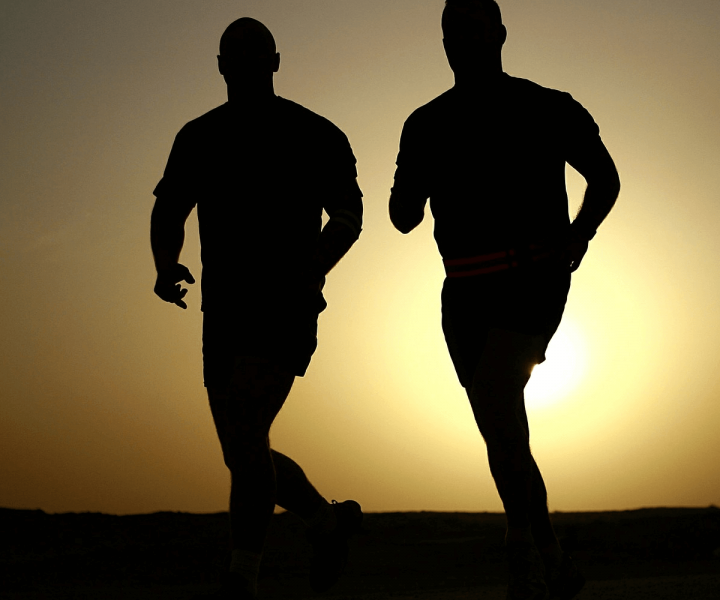
When you’re recovering from an injury, time seems to creep by. If you’re an athlete in the middle of a healing process, every day can feel like the last day of vacations or a really long car ride. You just want to speed up recovery, get out there and train again.
To fully recover, as well as for your overall performance and health, your muscles need to rest and fully heal. To speed up recovery and keep your muscles in peak condition, preventing further injuries, there are some fundamental lifestyle choices you need to make.
Sleep
According to a study conducted by the National Sleep Society, athletes who slept for 10 hours a night reported improved mood and performance. Additionally, the sleep quality, the number of hours slept, and sleep phase can have an enormous impact on the regenerative properties of sleep.
To get the best possible sleep, do it in a dark and cool room. Avoid staring at any screens (this includes your phone) an hour prior before going to bed, and save your intense workouts for the morning.
Proper Nutrition
Overall performance and recovery time are highly dependent on proper nutrition. You need to make sure you fuel before your workouts and replenish your proteins, carbs, electrolytes, and fluids within 30 minutes of finishing a hard workout. The best recovery fluids are water or coconut water, which is a great alternative to restoring electrolytes without all the added sugar of sports drinks.
Stretch
Stretching not only helps prevent injuries, but it also speeds up recovery time. Before starting your workout, do some dynamic stretching (active stretching with controlled movements). This will loosen your muscles and get you ready for exercise. Finish your workout with some static stretching (stationary stretching that involves holding a position for 30 seconds or more). Stretching after your workout will reduce muscle stiffness and soreness, allowing you a faster recovery.
Rest
Training hard is important, but it’s also as important to relax and take your recovery days seriously. Your body will adapt to the stress of the exercise during rest days, as well as repair body tissue and replenish muscle glycogen levels. The two recovery day types are passive and active.
Passive recovery days are days of complete rest, and they’re best for beginners. Active recovery days include light exercise, and they’re ideal for more advanced athletes. To keep track of how your body reacts to workouts, keep a training log. This will help you adjust your overall training plan.
 Your Privacy Choices
Your Privacy Choices
 The
The